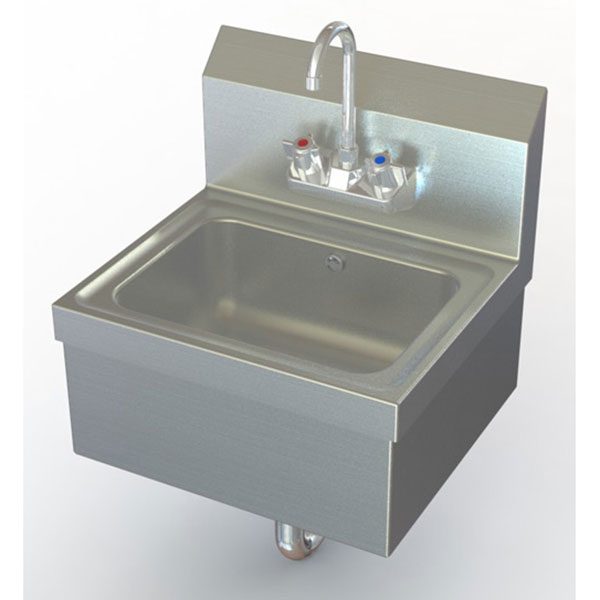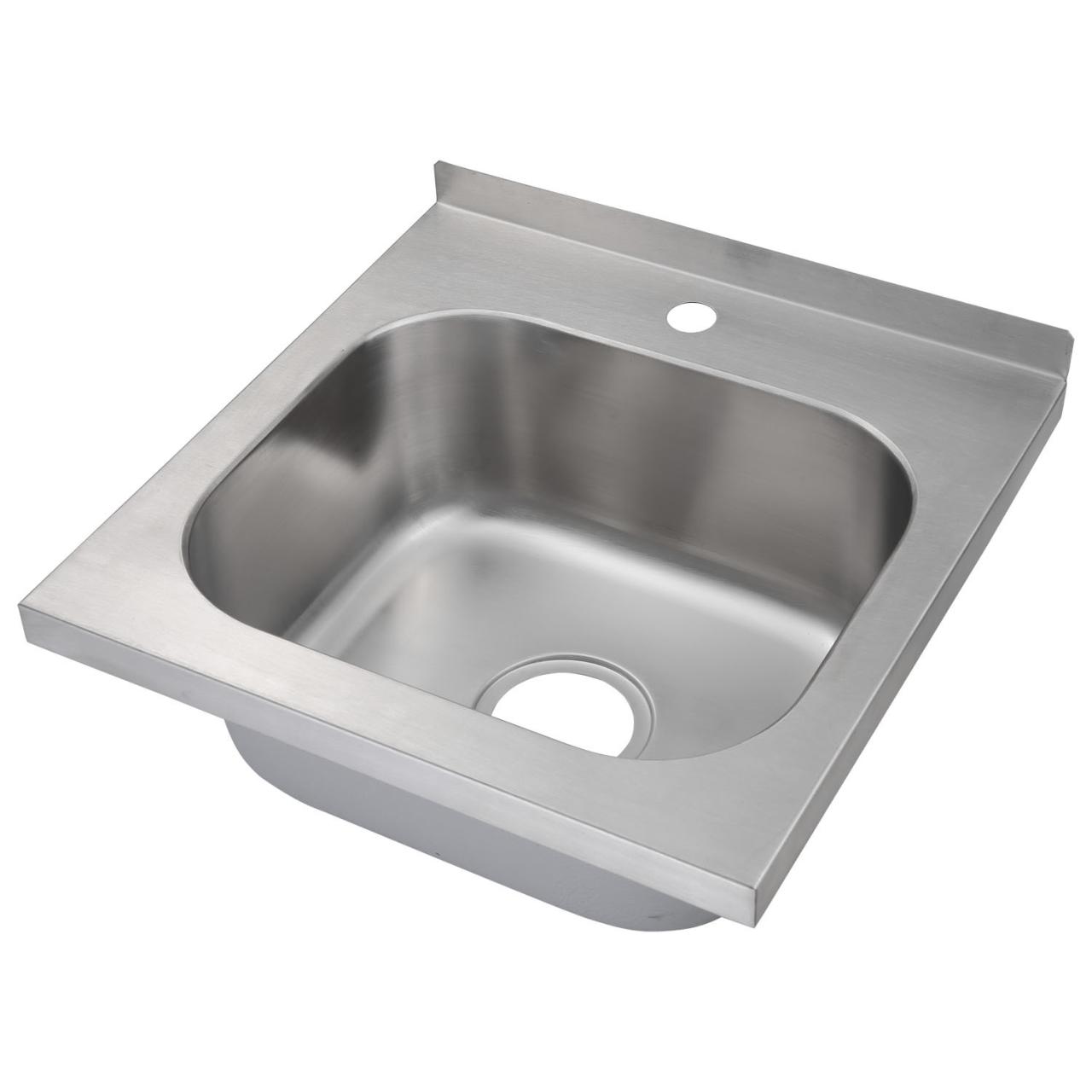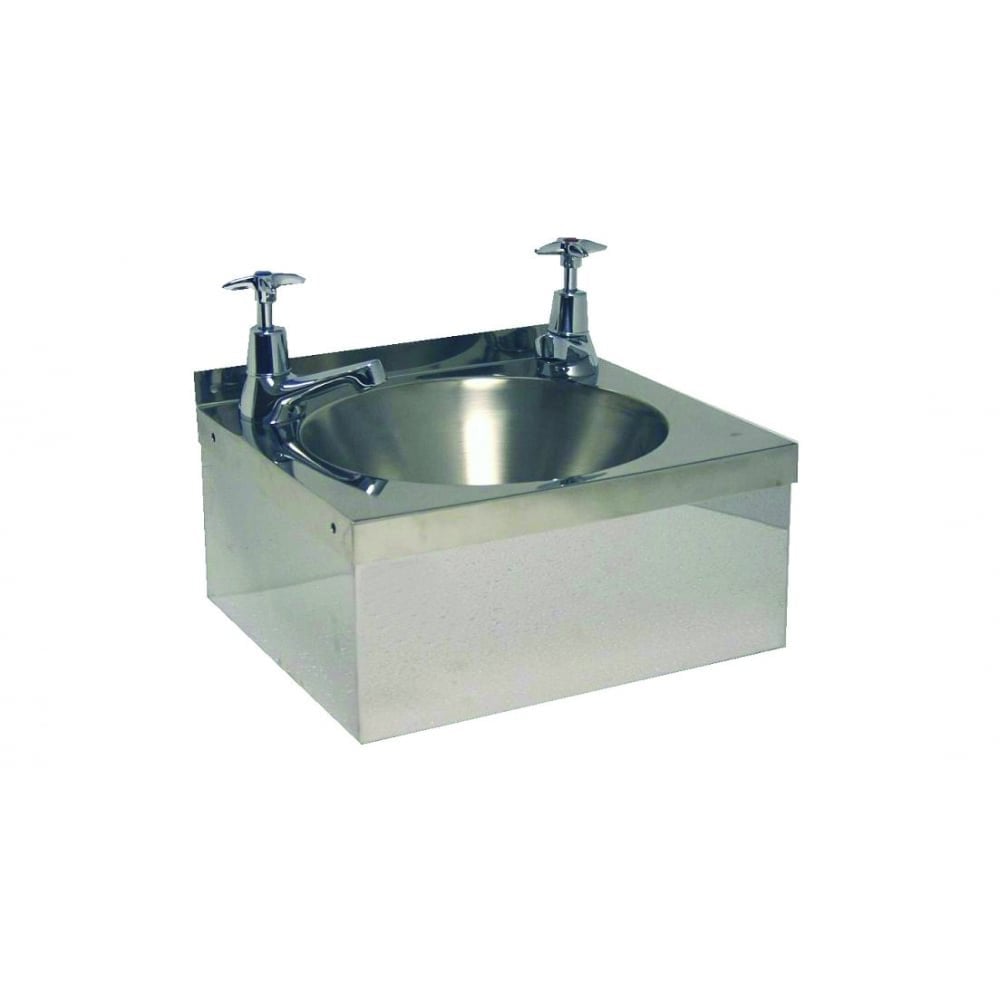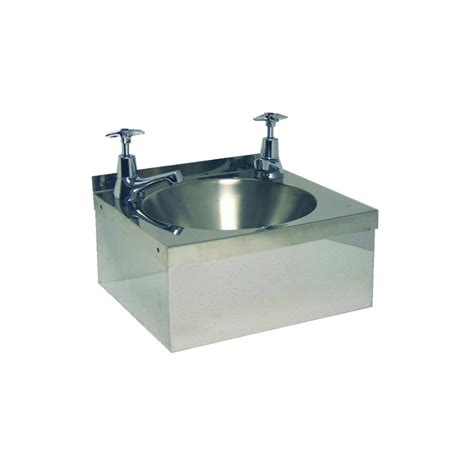In our quest for a healthier society, one of the simplest yet most effective practices is hand hygiene. The act of washing hands has proven to significantly reduce the transmission of pathogens and prevent infections. This article delves into the importance of hand hygiene and explores why even a small sink can play a crucial role in promoting this essential practice.
The Science Behind Hand Hygiene
Hand hygiene involves cleaning hands to remove dirt, viruses, bacteria, and other harmful microorganisms. According to the World Health Organization (WHO), hand hygiene can prevent up to 50% of infections acquired in healthcare settings. The significance of this practice is underscored by the following statistics:
- Infections caused by healthcare-associated pathogens result in approximately 1.7 million infections annually in the United States alone.
- Over 70% of these infections can be prevented through proper hand hygiene.
- Simple handwashing can reduce the risk of respiratory infections by about 21%.
The mechanism behind effective hand hygiene is straightforward: soap and water disrupt the lipids and proteins in the outer membrane of pathogens, allowing them to be washed away. Alcohol-based hand sanitizers can also be effective, particularly when soap and water are not available, as they kill a wide range of germs.
The Role of Sinks in Promoting Hand Hygiene
The presence of a sink, regardless of its size, can significantly influence hand hygiene practices. Here’s why:
Accessibility
A small sink placed in strategic locations makes handwashing more accessible. In environments such as schools, restaurants, and hospitals, easy access to a sink encourages individuals to wash their hands more frequently.
- In schools, having small sinks in classrooms encourages children to wash their hands before meals and after using the restroom.
- In restaurants, small sinks in food preparation areas ensure that staff can maintain hygiene standards without delay.
- In hospitals, small sinks in patient rooms can facilitate regular handwashing among healthcare workers.
Encouraging Habitual Behavior
Hand hygiene should be a habitual practice. The convenience of a small sink can foster this behavior, particularly in high-traffic areas where the risk of contamination is higher. Research has shown that the more accessible handwashing facilities are, the more likely individuals are to use them.
Design and Functionality
Small sinks can be designed with features that promote hygiene, such as touchless faucets and soap dispensers. These features minimize contact points and reduce the risk of cross-contamination. A well-designed sink can make handwashing a more appealing and efficient act.
Case Studies: Success Stories in Hand Hygiene

Several organizations have implemented effective hand hygiene practices and witnessed remarkable outcomes. Here are a couple of noteworthy case studies:
Case Study 1: The WHO’s “Save Lives: Clean Your Hands” Campaign

The WHO launched a global campaign to improve hand hygiene in healthcare settings. The campaign provided healthcare facilities with resources to install hand hygiene stations, including small sinks, throughout their premises. The results were compelling:
- Hand hygiene compliance rates increased from 38% to 66% in participating hospitals.
- Infection rates dropped by 30% in some facilities.
Case Study 2: Schools Implementing Hand Hygiene Programs
Schools that have integrated hand hygiene into their daily routines have seen significant reductions in absenteeism due to illness. One school district in the United States installed small sinks in every classroom and implemented a handwashing program. The outcomes included:
- A 20% reduction in student illness-related absences.
- Increased awareness of personal hygiene among students.
Challenges to Hand Hygiene and the Role of Small Sinks

Despite the proven benefits of hand hygiene, several challenges persist:
- Inadequate access to handwashing facilities.
- Lack of awareness or education about the importance of hand hygiene.
- Time constraints in busy environments, leading to skipped handwashing.
Small sinks can help address these challenges by:
- Providing more opportunities for handwashing in various settings.
- Encouraging educational initiatives about the importance of hand hygiene.
- Reducing the barriers to handwashing by making it a quick and convenient option.
Best Practices for Promoting Hand Hygiene

To maximize the benefits of hand hygiene, organizations and individuals can adopt the following best practices:
- Install small sinks in high-traffic areas to improve access.
- Use touchless fixtures to minimize contact.
- Provide clear signage about when and how to wash hands effectively.
- Conduct regular training sessions for staff and students on hand hygiene practices.
- Encourage a culture of cleanliness and accountability within organizations.
Conclusion: The Unseen Impact of a Small Sink
Hand hygiene is a fundamental practice that holds the power to save lives and improve public health. The presence of even a small sink can significantly impact handwashing behavior, making it more accessible and convenient in various settings. By understanding the importance of hand hygiene and the role that small sinks play, we can foster healthier environments for everyone.
As we move forward in our quest for a healthier society, let us not underestimate the power of simple solutions. Whether in schools, healthcare facilities, or public spaces, ensuring that individuals have access to handwashing facilities can pave the way for a future with reduced infection rates and healthier communities. Remember, a small sink can make a big difference!



